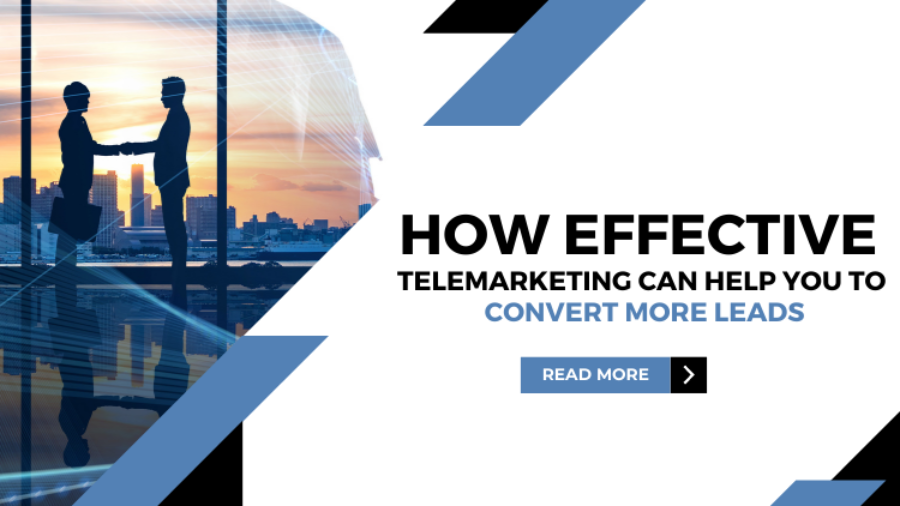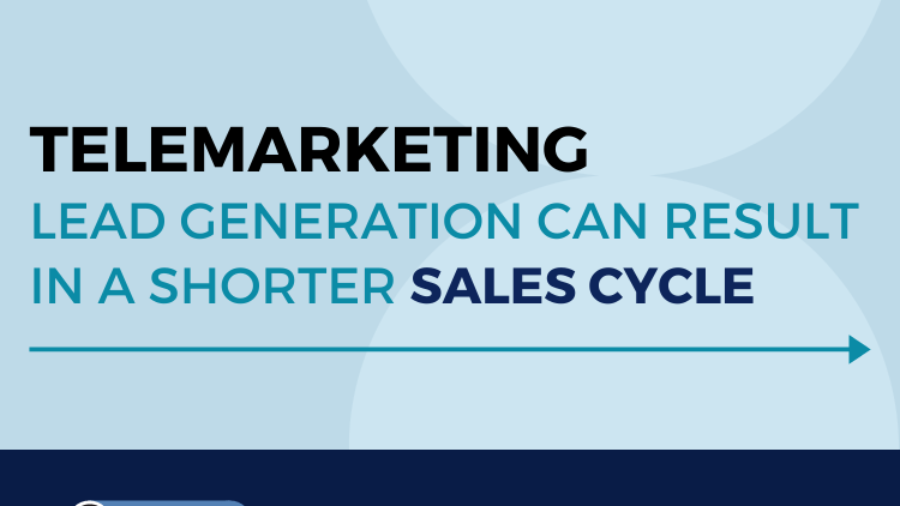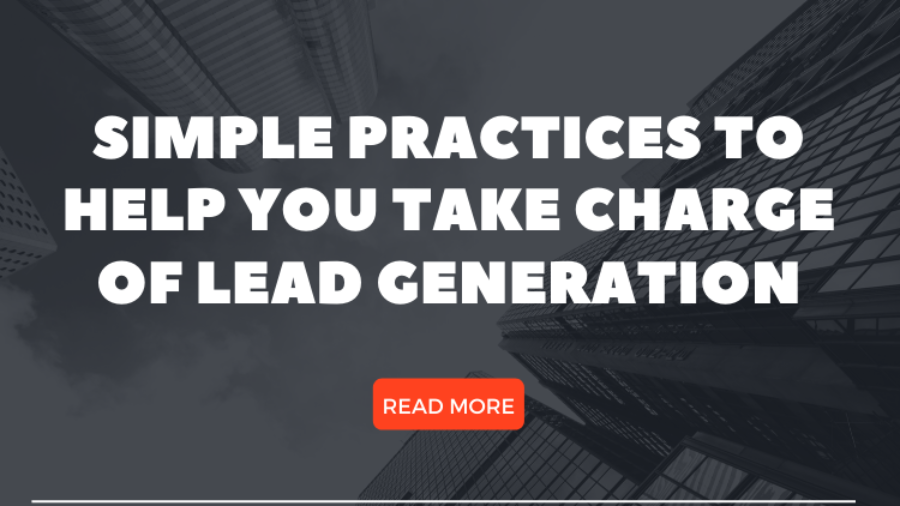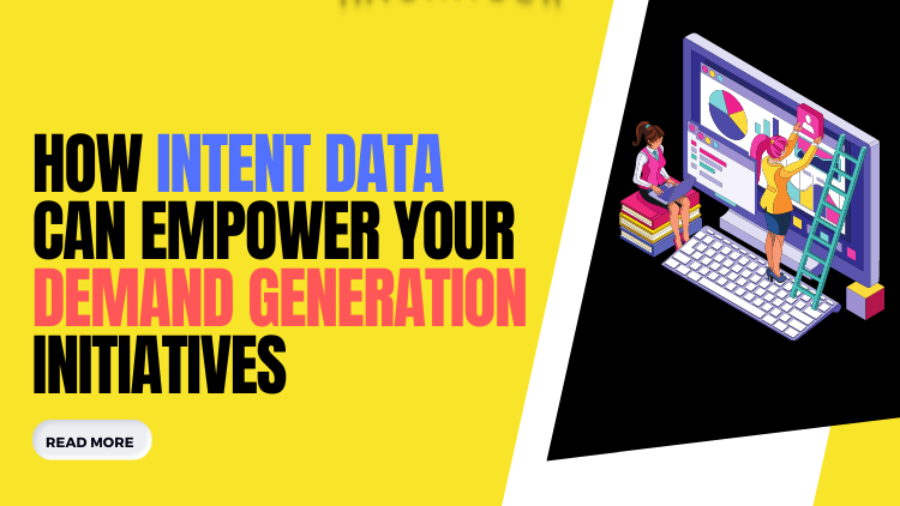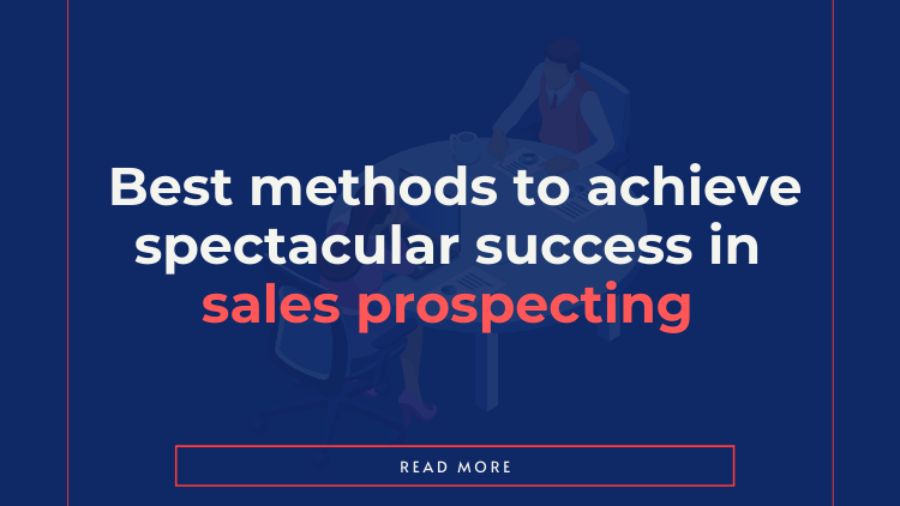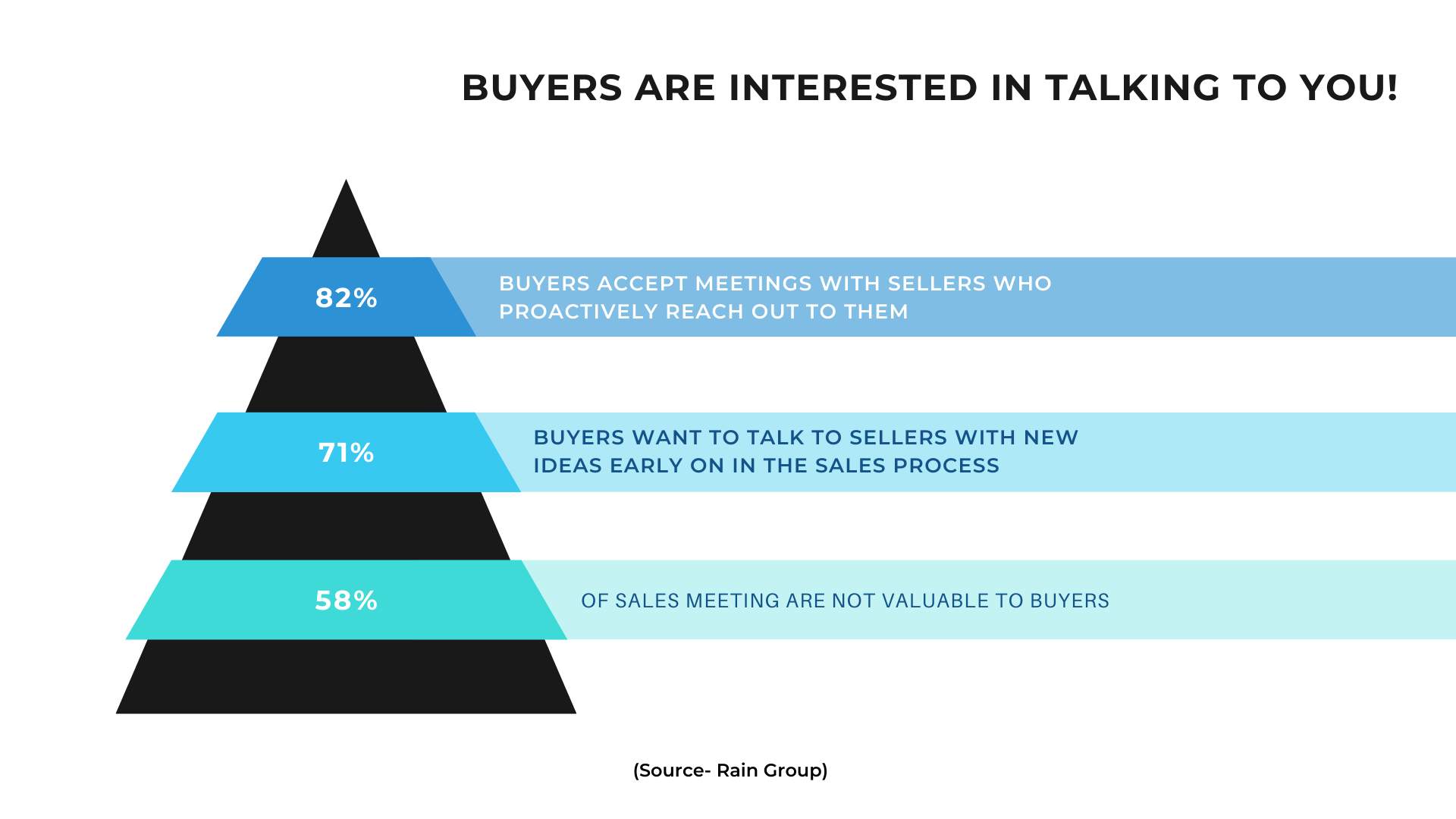Different techniques can be used to acquire b2b leads. Telemarketing is one such technique that has a lot of advantages. It helps b2b marketers to directly engage in conversations with their prospects and convert the leads quickly into business.
Telemarketing used for lead generation gives you the opportunity to build rapport and sell the service or product quickly by understanding the exact needs of the customer.
In this blog you will find out how using telemarketing for lead generation can help marketers to convert leads and accelerate sales.
Why telemarketing is an important part of your lead generation strategy?
Telemarketing has always been a part of traditional marketing; however, it is still very relevant and even crucial for lead acquisition and conversion. Today’s customers value communication and conversations. In the digital world, the buying decisions of customers are based on the quality of communication with sales.
There has also been a massive transformation in the way businesses market themselves today. The past year and a half have brought innumerable changes in the way people do business and the way customers perceive products or services.
It is becoming increasingly difficult to convey a company’s value proposition!
Therefore, talking directly with the customers is helping marketers to establish a dialogue and convince customers to buy from them. Companies are now focusing on telemarketing as an important part of their lead generation strategy.
Demand generation companies specializing in telemarketing lead generation can provide leads that are targeted specifically to a company’s best prospects. The prospects have had communication of substance with the telemarketer, and have been asked specific questions, that make this type of lead superior in quality.
The challenge of converting leads-
Lead generation and lead conversion still remain a major challenge for b2b marketers. Several tried and tested strategies have been used by companies for generating leads and converting them into business. However, the recent trends suggest that speaking directly with the prospects can help in acquiring better quality leads that convert.
Lead generation and conversion become challenging due to a lot of factors. A lack of understanding of the customer’s needs and communication gap can lead to a failure in converting leads. This gap can be bridged by using telemarketing, as a means to generate leads. Expert telemarketers in demand generation companies possess strong knowledge and understanding of the target audience and the market too.
How a demand generation partner can help you to convert leads-
- Professional telemarketers can generate qualified leads to increase sales
- Experts can help build a stellar script for maximum results
- Experienced telemarketers know the pulse of the market and that of the target audience that a company hopes to generate leads from.
- Well trained and dedicated telemarketers can help build a robust brand image
- Knowledge is power, hence understanding of the end customer is a huge advantage
- Immediate feedback makes it possible to customize offers
- Expert telemarketers help you to optimize your database
Conclusion-
Telemarketing for lead generation is a valuable tool to generate higher quality leads that convert to business. Today businesses are using everything from social media to email marketing in order to generate new leads. However, telemarketing continues to be a successful practice to acquire higher quality leads, due to the personal interaction that occurs.
Telemarketing for lead generation has a long history of success and continues to be used by many companies, in all industries.

